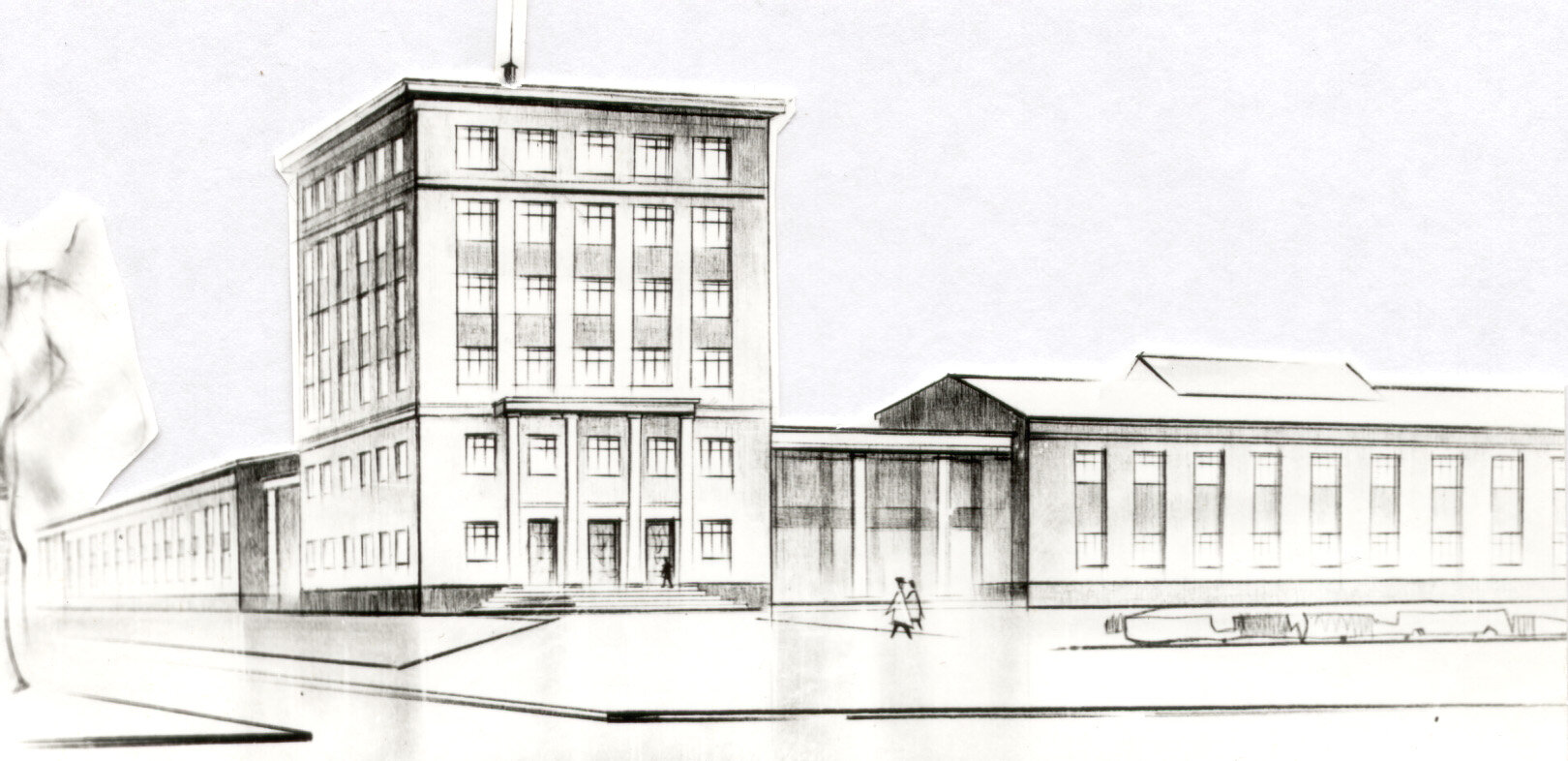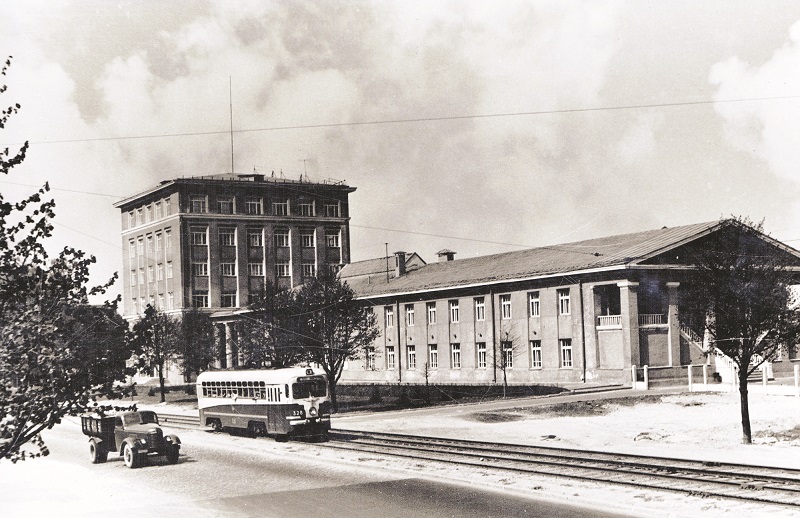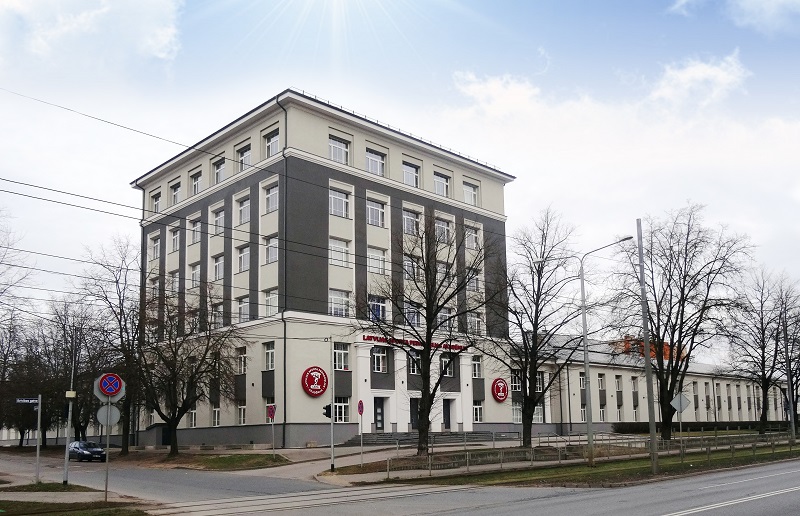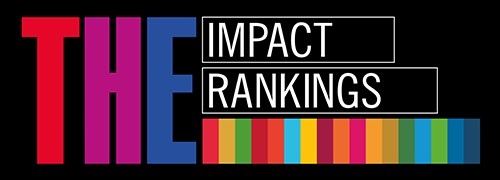History
From the Latvian Institute of Physical Education to integration into Rīga Stradiņš University (RSU).
In accordance with a decision by the Ministry of Education and Science, the Latvian Academy of Sport Education (RSU LASE) was integrated into Rīga Stradiņš University (RSU) on 1 July 2024, while preserving its identity, academic freedom, and scientific autonomy. RSU LASE remains Latvia’s leading higher education institution specialising in sport and health education.
With over 103 years of experience, RSU LASE offers high-quality study programmes that blend theoretical knowledge with practical training to prepare future sports and health professionals, sports teachers, and national defence training instructors.
The need for a specialised institution emerged in the spring of 1919, when the progressive press of the time highlighted the necessity for scientific substantiation of the theoretical aspects and organisational forms of physical education.
- Read more
The Latvian Ministry of Education recognised the public's call for specialised education, and on 6 September 1921, the Cabinet of Ministers decided to establish the Latvian Institute of Physical Education (LIPE). Educational activities began in Riga at 1 Valdemāra (then Nikolaja) iela, where school gyms and stadiums were used for practical classes. The Institute’s primary aims were to train physical education teachers, address both theoretical and practical issues in physical education, and oversee the country’s physical development and education. Mārtiņš Krūze, a teacher at Rumpmuiža School, became the first head of the Institute.
The studies at the Institute lasted two years and included 1,400 hours of theoretical and practical courses. The focus of specialist training was on practical preparation, which accounted for 65.3% of the curriculum. Gymnastics and exercise-related physical activities were central to this preparation, as physical education was still referred to as gymnastics in schools, with teachers known as gymnastics teachers. On 3 November 1922, the Institute’s curriculum was revised, introducing the requirement for students to take a test at the end of each of the 21 subjects in front of a commission. On 15 November 1922, Dr Jēkabs Dille was appointed Head of the Institute.
In 1923, the LIPE Pedagogical Commission established the requirements and content for graduation examinations, as well as the documents to be awarded to graduates. The graduation exam requirements were similar to those today, with one key component being the teaching of a lesson to school-age children and the defence of an activity chosen and led by the student. The first graduation examinations were held from 23 to 27 July 1923. On 8 August 1923, the LIPE Council, following the Cabinet of Ministers' decision of 6 September 1921, decided to issue diplomas to those graduating from the Institute with a teacher’s qualification. The LIPE ceased its operations in 1925, having trained and accredited 79 gymnastics (physical education) teachers over its five years of existence (1921–1925).
In response to the demand for physical education teachers in schools, the Institute of Physical Education of the Latvian People’s University was established (IPE LPU) on 2 October 1926. Its activities were based on the requirements of the former Institute. The IPE LPU operated according to plans and programmes approved by the Ministry of Education, with a study duration of three years. Voldemārs Cekuls, Inspector of Physical Education at the Ministry of Education, was appointed Head of the IPE LPU.
During its period of activity (1929–1940), the IPE LPU trained 189 physical education specialists, 179 of whom graduated with a diploma from the Institute, and 10 who completed a study course. The IPE LPU ceased operations in 1940, and its leader, Voldemārs Cekuls, was deported to Siberia on 14 June 1941.
From 1921 to 1940, a total of 267 physical education teachers were trained for practical work in Latvia.
The Latvian State Institute of Physical Culture (LSIPC) was established on 1 January 1946 by a decision of the Council of People’s Commissars of the Latvian Soviet Socialist Republic. LSIPC began its practical studies in January 1946 at 6 Aspazijas (then Padomju) bulvāris in Riga, where there were no dedicated premises, and classrooms had to be rented to meet the study needs. The situation slightly improved on 21 October 1946, when additional premises were allocated at 3 Kalķu iela. In 1951, the Institute acquired premises at 10 Kalpaka (then Komunāru) bulvāris and 4 Vēstures iela. The facilities were further improved in 1959, when the LSIPC study and sports complex was built at 333 Brīvības (then Ļeņina) gatve.
The Sports Club, founded on 4 October 1946, has always been an integral part of the higher education institution. Throughout its existence, the institution’s staff have organised sporting activities for students and lecturers. Our students have consistently excelled at the international level, competing and representing Latvia in world, European, and various student competitions.
The prestige of the qualifications offered by the higher education institution, along with the increase in student numbers and the growing demands for the professional preparation of sports specialists, led to the construction of an additional study and sports building (Building B) in 1982, followed by an indoor track in 1986. The six-storey study block, built in 1959, was also transformed and expanded, providing students with additional classrooms and offices by 1989. In 1994, a Science Laboratory and a shooting range were opened next to the stadium.
From 1948 to 1992, the LSIPC trained 5,684 sports specialists with a higher education.
On 5 November 1991, the Ministry of Popular Education of the Republic of Latvia issued Order No. 459, officially renaming the institution the Latvian Academy of Sport Education to better reflect its status as a higher education institution and its academic focus. The Academy's first Constitution was approved by the Supreme Council of the Republic of Latvia on 10 March 1992.
The number of students at RSU LASE has grown significantly in recent years, with over 1,000 students enrolled across six study programmes during the 2022/2023 academic year.
From 1992 to 1 September 2023, 5,821 students graduated from the Academy.
The number of academic staff has also increased, both in quantity and expertise.
In the 1946/1947 academic year, the teaching staff comprised 38 lecturers, including one professor, 16 assistant professors, seven senior lecturers, and 14 lecturers and assistants. By the 2023/2024 academic year, the number of lecturers had increased to 59, with 49 holding doctoral degrees. This included 12 professors, 16 associate professors, 16 assistant professors, five lecturers, eight senior researchers, researchers, and two scientific assistants.
The RSU LASE name through the years
- Latvian Institute of Physical Education (1921–1925)
- Institute of Physical Education of the Latvian People’s University (1925–1940)
- Latvian State Institute of Physical Culture (1946–1992)
- Latvian Academy of Sport Education (10 March 1992–30 June 2024)
- RSU Latvian Academy of Sport Education (since 1 July 2024)
Heads and rectors
- Anita Muižniece (since 2025)
- Kalvis Ciekurs, Doctor of Pedagogy, Associate Professor (2024-2025)
- Juris Grants, Doctor of Pedagogy, Professor (2019–2024)
- Read more
- Jānis Žīdens, Doctor of Pedagogy, Professor (2009–2019)
- Uldis Grāvītis, Doctor of Pedagogy, Professor (1988–2009)
- Ilgvars Forands, Candidate of Pedagogical Sciences, Professor, meritorious physical culture and sports worker (1982–1988)
- Vladimirs Maksimovs, Candidate of Pedagogical Sciences, Assistant Professor, meritorious physical culture and sports worker (1962–1982)
- Andrejs Eļvihs, Candidate of Historical Sciences, Assistant Professor (1960–1962)
- Jurijs Berdičevskis, Candidate of Pedagogical Sciences, Assistant Professor, meritorious physical culture and sports worker (1960, 1962)
- Aleksis Ailis, sports specialist, Assistant Professor, meritorious sports worker (1958–1960)
- Nikolajs Neķga, physical education specialist, Candidate of Pedagogical Sciences, assistant professor (1951–1958)
- Jevgeņijs Sretenskis, army colonel, institute lecturer (1946–1951)
- Ivans Lazurka, army officer (1945–1946)
- Voldemārs Cekuls, Inspector of Physical Education at the Ministry of Education (1925–1940)
- Jēkabs Dille, medical doctor (1922–1925)
- Mārtiņš Krūze, teacher (1921–1922)
Graduates
All graduates of the higher education institution hold higher education qualifications and are prepared for diverse professional roles, including sport (physical education) teachers, biology teachers, social sciences (health education) teachers, anatomy and physiology instructors, military training teachers, senior coaches in athletic disciplines, physical culture (education) teachers, education and sports managers, active tourism managers, physiotherapists, masseurs, and recreation specialists.
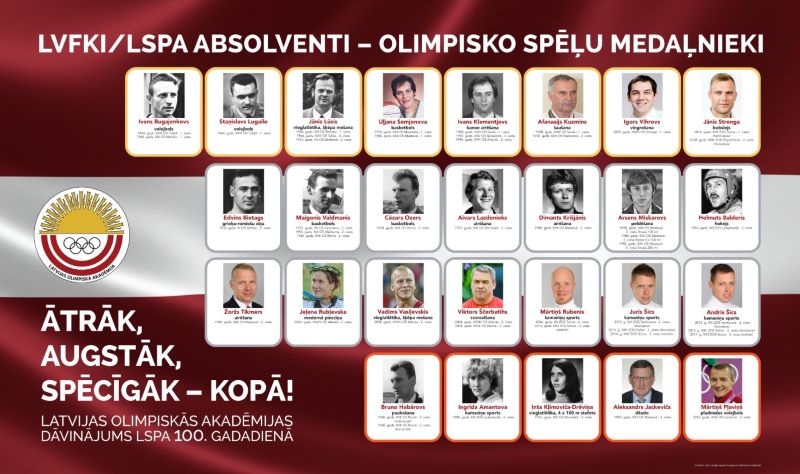
RSU LASE graduates - Olympic gold medalists
RSU LASE reports
Report for 2012 (in Latvian and English)
Report for 2013 (in Latvian and English)



